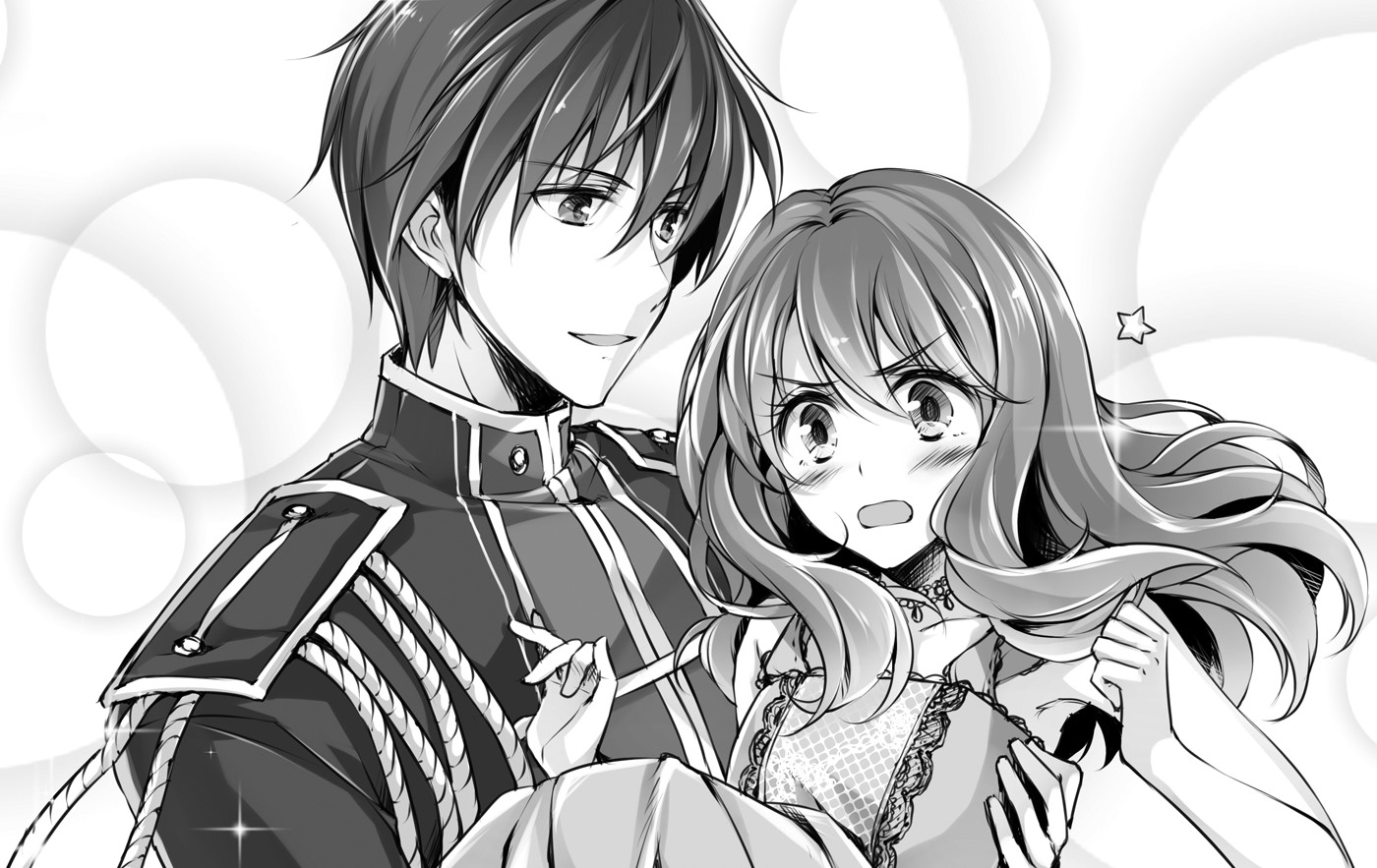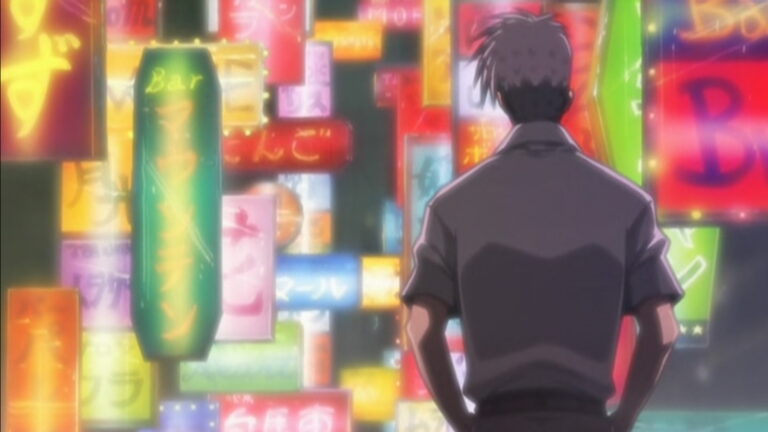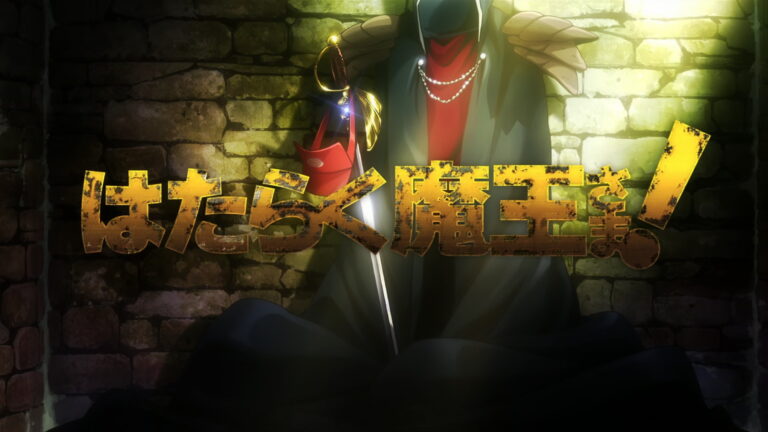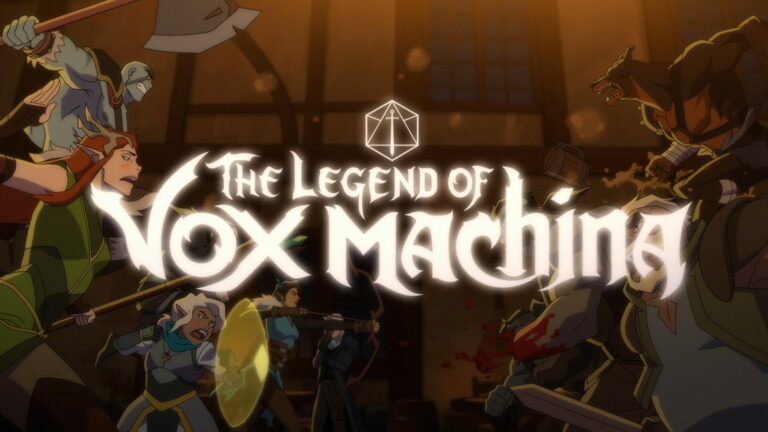Can someone please explain what is going on?!
A light novel, but not comedy.
This is a light novel romance series. In spite of the title, it is not actually a comedy. I thought it was. It’s not.
In fact, I’ve found it pretty decent. For the record, this review will contain spoilers for volume 1 but no further than that.
The story with spoilers from volume 1
Viola is from a poor noble (Earl) family called Euphorbia. Her family has never had any luxury, so she was raised more like a commoner than a noble.
One day, a marriage proposal arrives from the Fisalis family, a duke. The offer is too good to turn down. The duke would take on her family’s debt, and the duke himself is in his prime age, 24. Vola is 15. Additionally, the duke is unmarried on paper.
Of course, there is a catch. Viola is to be a “show” wife. The duke would never sleep with her because he has a mistress whom he cannot marry due to her being a commoner. Instead, any children born from his mistress would be adopted by Viola. Thus, on paper, she would have children.
Viola accepts mainly because the duke is paying off her family’s debt.

Thus, her life as a duchess begins. As you can tell from the title though, it doesn’t end there. Viola may be a noble but, having been poor for her entire life, her ways of thinking is not of noble. She does not prefer having a quiet noble lady life where she’d sip cups of teas all day long. Instead, she begins to freshen up the house, reworks manor garden, gets personally close to maids and butlers. She essentially becomes a part of the servant workforce.
Perhaps most importantly, she knows where she stands too well. She is to be a trophy wife and does the job exceeding well, going to parties when asked and performing the job as the wife of a duke.
Cercis Fisalis, Viola’s husband on paper, observes her from a distance at first. At one point, he starts to compare her with his beautiful mistress. Yes, his mistress is more beautiful but is beauty everything? He begins to question himself.

By the end of volume 1, Cercis declares that he intends to work things out with Viola, thus beginning an actual married life for Viola. She is dumbfounded however as she has never expected such a turnaround. All she can ask herself is: “Can someone please tell me what is going on?”
Lastly
I find this a very different take on a Japanese romance story. Japanese romance stories tend to draw a hardline on a marriage, meaning Japanese authors don’t tend to cross that line. Stories usually end when a couple acknowledge publicly that they love each other or when they tie the knot. And then it’s the usual “happily ever after”.
In that sense, this light novel breaks that norm and crosses the line and beyond. That’s because the first event in the story is Viola getting married.

In a sense, this is far more realistic since this is a medieval noble wife’s story. Nobles don’t often marry out of love, and that is a fact. Viola’s married life starts exactly like that. She marries out of convenience and it goes on from there.
I found it quite refreshing. However, this novel isn’t without issues, either. My biggest issue with it is Viola herself. Her internal monologues is too … modern. She doesn’t think like a noble lady. She thinks more like a modern Japanese man. Yes, a man.
For an example, when surrounded by noble ladies, she thinks about her being in a female harem and is absolutely delighted about the prospect. Such a line of thought would never occur to a proper noble lady in medieval times. Her line of thoughts frequently breaks immersion.
However, this issue seems to iron out itself after the first two volumes.
At the end of the day, I do recommend this series because it deals with an actual married life between a man and a woman.
Finally, at the time of this review, there are 9 volumes, so this isn’t a short series.
See you later.







